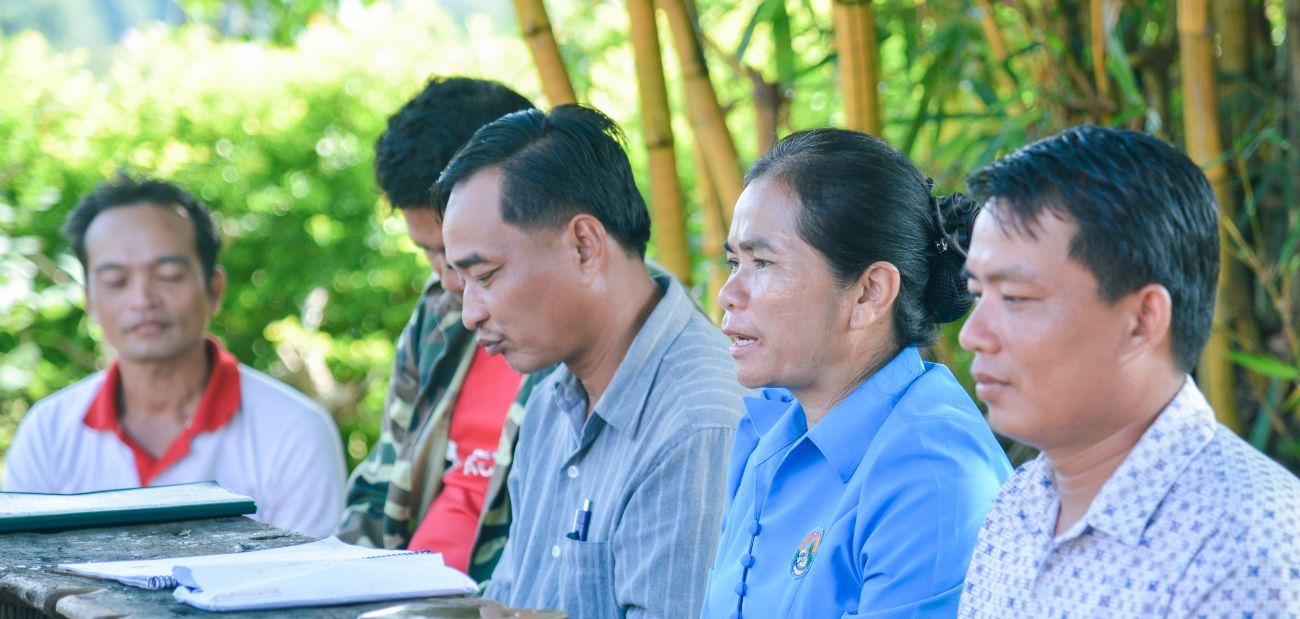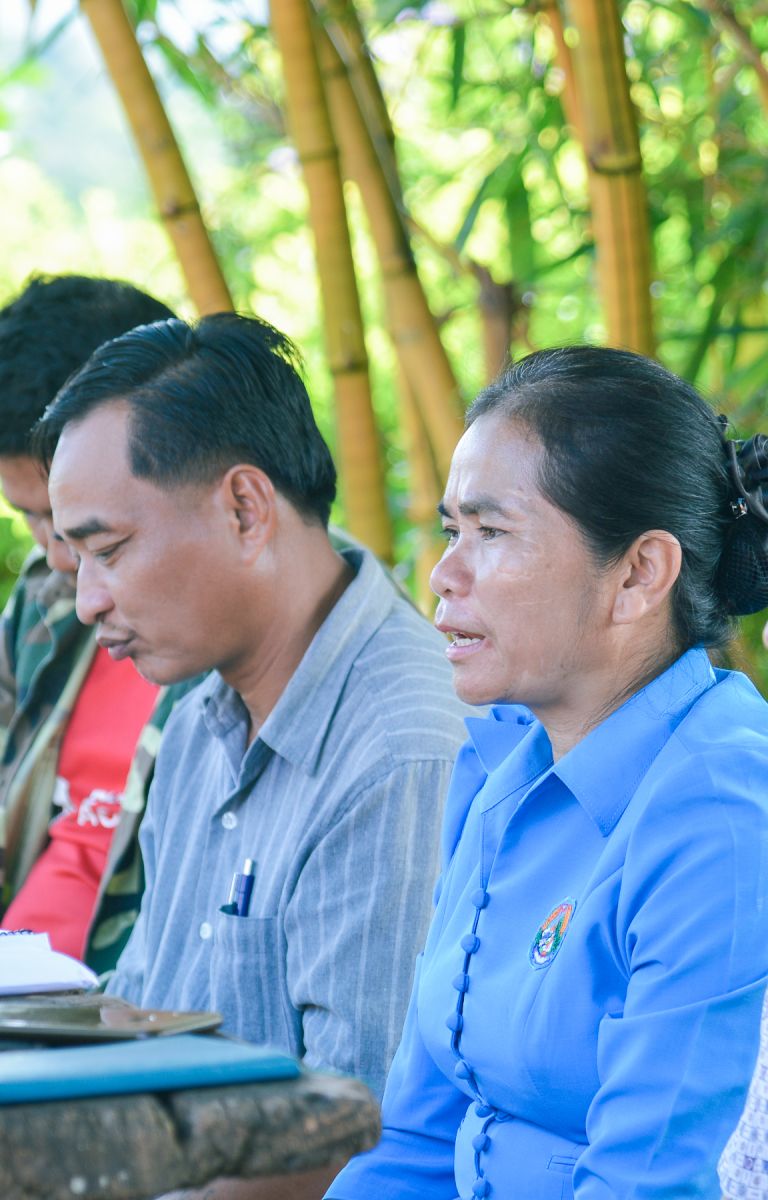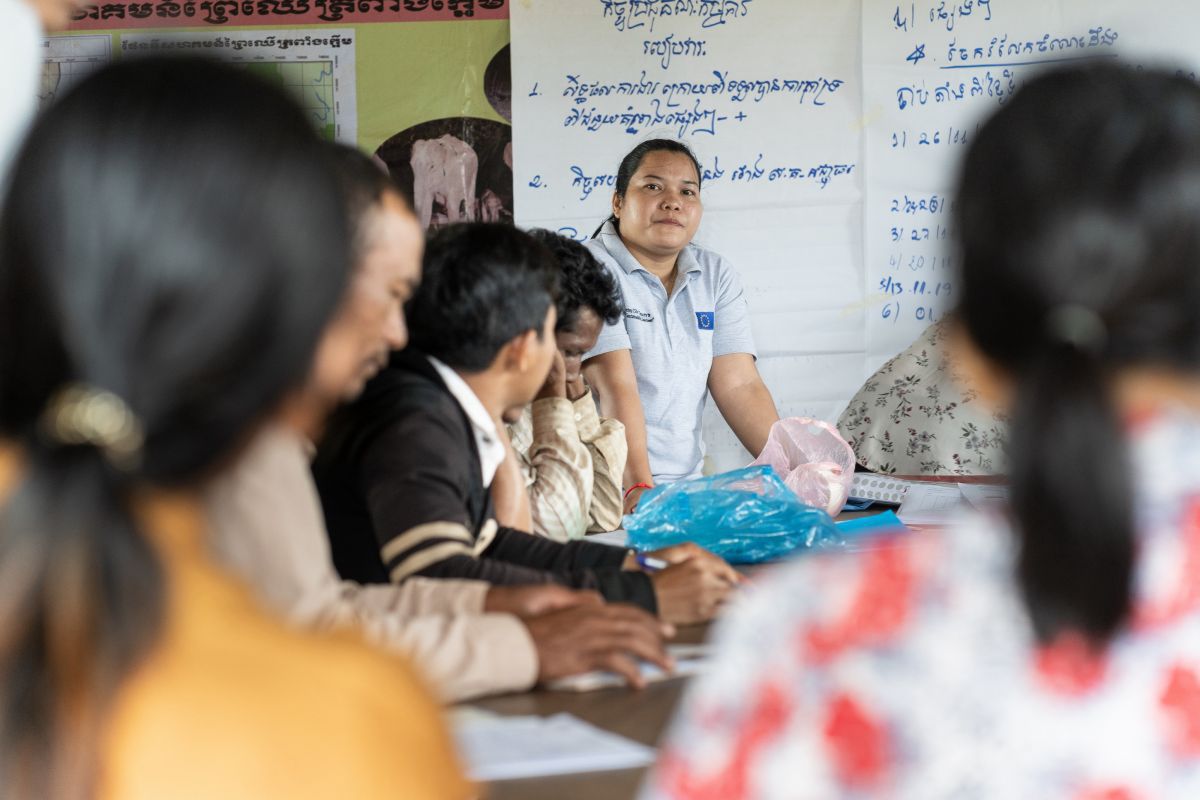

For much of recent history, the fates of forests in Asia and Africa have been decided largely by governments and big business interests, with little input from civil society. But that has been changing over the past two decades due to the growth in opportunities for civil society organizations to influence decisions about forests.
Increasingly, these organizations have formed networks with shared objectives. Some are involved in independent forest monitoring or land tenure issues. Others focus on community forestry, REDD+ or forest policy processes. Their participation has had substantial impact, such as better recognition of communities’ rights and increased transparency and accountability in the forest sector.
But what underpins a network’s effectiveness? And what does “effectiveness” even mean?
“Understanding effectiveness is crucial not only for civil society networks but also for the governments, donors and international organizations that interact with them,” says Robin aus der Beek, former coordinator of RECOFTC’s Voices for the Mekong Forests project, which closed in December 2021.
“Having a shared understanding of what effectiveness means can inspire success and avoid unintended impacts of actions taken by all stakeholders, from network members to donors and international development agencies,” he says.
To explore this topic, RECOFTC teamed up with the University of Wolverhampton’s Centre for International Development and Training (CIDT) and the Field Legality Advisory Group (FLAG). The three organizations surveyed 14 civil society networks working on forest governance issues in Africa and the Mekong region. They also interviewed dozens of network leaders and representatives of governments, donor agencies and international non-government organizations.
In 2021, RECOFTC published a Special Report to summarize the study’s findings and guide civil society groups that want to evaluate their experiences and explore the effectiveness of the networks they have formed. The report provides an overview of why networks form and how their members benefit, how networks and external stakeholders define effectiveness and what factors influence it. The report ends with analysis of the findings and introduces a guide that networks can use to define and assess their effectiveness.
Effective findings
The research revealed six criteria for measuring the effectiveness of civil society networks and seven internal and four external factors that influence effectiveness. It showed that effectiveness is a complex, multifaceted concept that means different things to different people.
“This implies that there is potential for issues to arise when conceptions of ‘effectiveness’ differ between networks and external actors, such as donors or government agencies,” says Aurelian Mbzibain, program manager at CIDT.
For example, while representatives of governments and donor agencies tend to consider effectiveness narrowly in terms of the achievement of goals, the leaders and members of civil society networks take a much broader view.
“From the perspectives of its members, an effective network has several characteristics,” says Mbzibain. “It achieves its goals and has impacts, and it demonstrates cohesion and power of influence. It has functional communication and information-sharing systems as well as strong governance structures. It mobilizes and uses resources efficiently. And it operates with fair representation and inclusiveness.”
Challenges of financing, communication, staff turnover and security
In the research, network leaders and members repeatedly mentioned sustainable financing of their networks as a criterion for assessing effectiveness and as a factor influencing effectiveness. Here, the mismatch in perspectives between networks and others was evident, with representatives of international NGOs, donors and government less concerned about finance.
Another finding of importance for donors is that network members in both regions consistently cited the imperative of communication, information-sharing and advocacy with the public and network members. This highlights the value of external support focused on strengthening communication capacities to enable networks to motivate their members and achieve their objectives.

Among other challenges, network members in both regions expressed concern about the turnover of personnel. The loss of staff leads to loss of institutional memory and capacity, which tends to weaken networks over time if there is no continuous reinvestment.
The survey respondents also said the environment in which networks operate is a significant factor affecting effectiveness. This highlights the need for networks to navigate and manage relations with the State. Failure to do so could lead to conflictual relationships, according to respondents. More than 40 percent of respondents also said an unsafe environment for civil society and activists hindered their work.
“The lack of security experienced by civil society networks, whether it is through a restrictive legal or political environment or other types of threats such as physical ones, may seriously challenge the quality of their participation in processes related to forest governance,” says Nathalie Faure, senior program officer for governance, institutions and conflict transformation at RECOFTC.
Security is one of 13 measures included in a guide that the study team developed to help civil society networks assess their effectiveness and identify areas for improvement.
The guide also can help international NGOs and other institutions that are interested in collaborating with networks. It will also be of interest to governments, policymakers and practitioners as well as donors that have invested significantly to promote the emergence and development of civil society networks.

